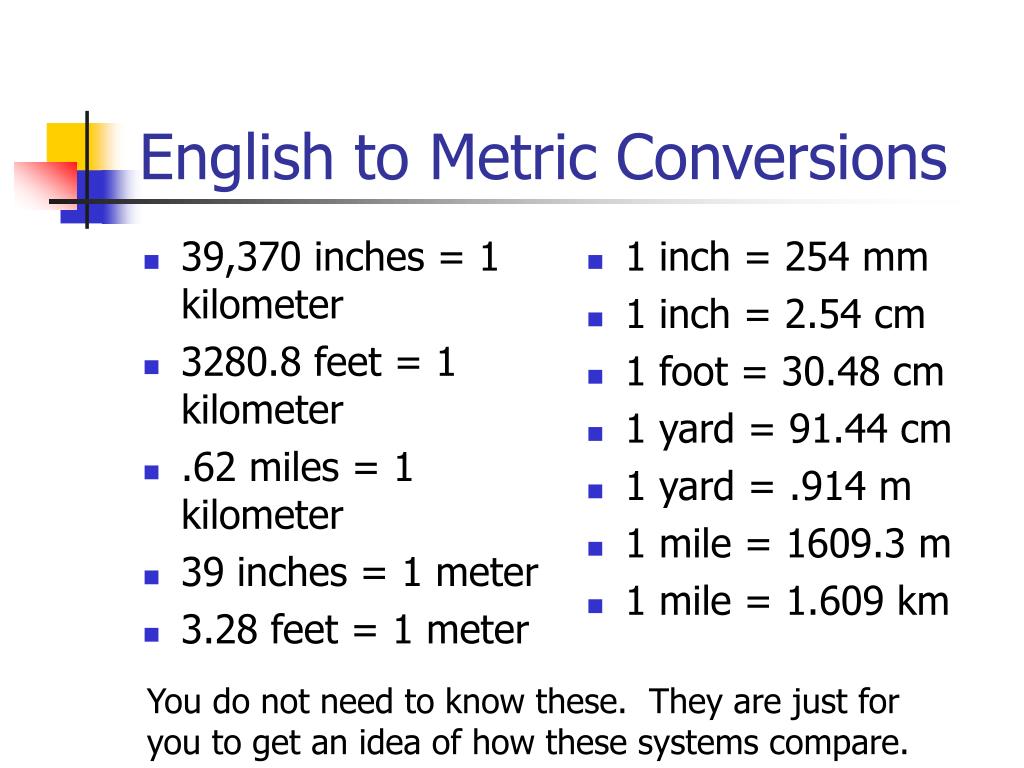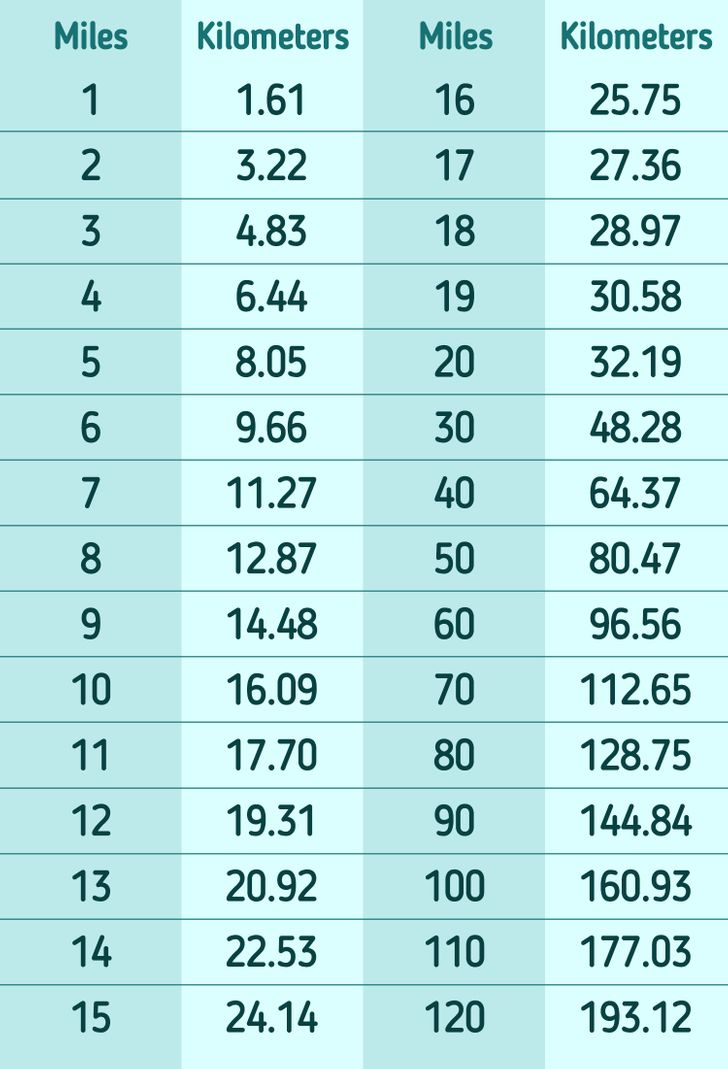The Basics of Length Units: Miles vs. Kilometers
Miles and kilometers are two common units of length used in various contexts, such as measuring distances in sports, travel, and everyday life. While miles are primarily used in the United States, the United Kingdom, and other countries, kilometers are the standard unit of length in the International System of Units (SI) and are widely used around the world. The conversion between the two units is a frequent concern for runners, hikers, and travelers who often encounter distance measurements in both systems.
Calculating the Equivalence: From Kilometers to Miles
To convert kilometers to miles, you need to understand the mathematical relationship between the two units. One kilometer is equivalent to approximately 0.621371 miles. This conversion factor is derived from the actual distance that comprises one kilometer and one mile. The conversion factor allows you to seamlessly switch between the two units when necessary.
Applying the Conversion: Calculating 5 Kilometers in Miles
To calculate the equivalent of 5 kilometers in miles, you can use the conversion factor of 0.621371 miles per kilometer. Here’s the step-by-step process:
- Start with the number of kilometers you want to convert (in this case, 5 kilometers).
- Multiply the number of kilometers by the conversion factor (0.621371 miles per kilometer).
- The result is the equivalent distance in miles.
So, 5 kilometers is equivalent to approximately 3.11 miles (5 km x 0.621371 = 3.106855 miles). To make the result more user-friendly, you can round it to two decimal places, giving you an approximate value of 3.11 miles.
Real-World Applications: Using Conversion in Daily Life
Understanding the conversion between miles and kilometers can be beneficial in various real-world scenarios. Here are some examples:
- Planning Running Routes: Runners often train using both miles and kilometers. By converting distances, they can create routes with specific distances or compare their progress with international running communities.
- Comparing Race Results: Races around the world use either miles or kilometers as their standard unit of measurement. Knowing the conversion factor can help athletes compare their performance in different races more accurately.
- Estimating Travel Distances: When traveling to countries that use the metric system, having a basic understanding of kilometers can help you estimate distances and make informed decisions about transportation options.
For instance, if you are a runner from the United States planning to participate in a 10-kilometer race in Canada, you can use the conversion factor to estimate that the race is approximately 6.21 miles long. This knowledge can help you prepare your training plan and set realistic goals for the event.
Additional Conversions: Other Length Units
While converting between miles and kilometers is essential for many runners, hikers, and travelers, it’s also helpful to know the conversion factors for other length units. Here’s a brief overview:
- Meters to Feet: There are approximately 3.28084 feet in a meter.
- Yards to Meters: There are approximately 0.9144 meters in a yard.
- Feet to Inches: There are 12 inches in a foot.
These conversions can be useful in various situations, such as measuring the height of an object in feet and inches, estimating the length of a room in meters, or comparing the distances between two points in yards and meters.
Memory Aids: Remembering the Conversion Factor
Memorizing the conversion factor between miles and kilometers can be challenging. Here are some memory aids to help you remember the approximate number of miles in a kilometer:
- Rhyme: A popular rhyme to remember the conversion factor is “A kilometer is a bit more than half a mile.”
- Mnemonic Device: You can create a mnemonic device using the first letter of each unit and a memorable phrase, such as “Kangaroos (K) can (C) jump (J) up (U) to (T) 5 (5) miles (M).”
- Visual Imagery: Imagine a kilometer as a slightly longer unit than a mile. Since there are approximately 1.6 kilometers in a mile, you can visualize a kilometer as being about 60% the length of a mile.
By using these memory aids, you can more easily recall the conversion factor when needed.
Staying Updated: Length Unit Standards and Revisions
Length units, like miles and kilometers, are based on international standards that can be updated or revised over time. The primary organization responsible for maintaining these standards is the International Bureau of Weights and Measures (BIPM).
While the conversion factor between miles and kilometers has remained relatively stable, it’s essential to stay informed about any changes or updates to the international standards. You can do this by visiting the BIPM’s website or subscribing to their newsletter.
By staying updated on length unit standards and revisions, you can ensure that your knowledge and calculations are accurate and relevant. This is particularly important for professionals who rely on precise measurements in their work, such as engineers, architects, and scientists.
Engaging with the Community: Sharing Your Knowledge
Now that you understand the conversion between miles and kilometers, you can share this knowledge with your friends, family, or online communities. By engaging in conversations about distances and conversions, you can help others better understand these essential units of measurement.
One way to share your knowledge is by joining running or hiking groups, either in person or online. These communities often discuss training plans, race results, and travel distances. By contributing to these discussions, you can demonstrate your understanding of the conversion between miles and kilometers and help others learn as well.
Another way to share your knowledge is by discussing your newfound understanding with friends or family members who may be interested in running, hiking, or traveling. You can explain the conversion process, share examples of real-world applications, and even teach them how to calculate conversions on their own.
By engaging with your community and sharing your knowledge, you can help others better understand the world around them and make more informed decisions about their running, hiking, and travel plans.








